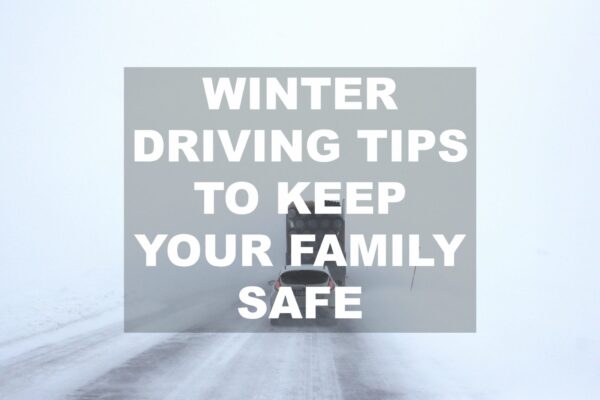
Winter driving tips can be very helpful. Navigating behind a wheel in ice and snow can be challenging to even the most experienced drivers. In Maine, winter driving means to be prepared at all times. Mainers know that on any given day the weather can go from sunny and mild to snowing sideways in a matter of hours. Nobody wants to get caught in the middle of a snowstorm when they are miles from home or work. Unfortunately, it can and does happen. If you happen to get caught in a snowstorm or other winter conditions, here are a few things to keep in mind to make the driving experience a little safer and a lot less stressful.
Winter Driving Tips for Navigating Snow, Ice, and Sleet
Don’t Be That Person: Clear Your Car of Snow and sheets of ice
First things first—before you drive make that sure you have clear visibility. Start the vehicle to get the defrost going. As the car or truck heats up, remove all the snow from the top down—begin with the roof, after that the windshield, the side, and back windows, and then the hood, trunk or bed of the truck (if it’s open, the cover otherwise). Finally, clear the mirrors, headlights, and taillights.
Removing the snow from your vehicle is a matter of safety for you and the other drivers on the roadways. You want to clearly see the road and you do not want to endanger other drivers with airborne chunks of snow or ice once you begin to accelerate. Though there is no law in Maine that penalizes motorists for failing to remove snow or sheets of ice from their cars before driving at faster speeds, there is in New Hampshire and other nearby states.
Match Your Speed to the Conditions
Once you are on the roadway, be alert and watch your speed. Your driving speed should match the driving conditions. If it is snowing or if there is freezing rain, decrease your speed. Maintain a good distance between your vehicle and vehicle ahead of you. If you have to stop unexpectedly, you will have the space and reaction time to do so. If there is time, take your foot off the accelerator and let the vehicle slow down on its own. Otherwise, to slow without skidding, tap or pump the brakes repeatedly until you come to a stop. Tapping the brakes, rather than holding them down, will also prevent a vehicle from sliding sideways into traffic.
Keep Your Visibility as Clear as Possible
As you drive, maintain your visibility. Keep the defrost on and cabin temperature comfortable to prevent condensation from building up on the inside of the windows or for frost, snow or ice accumulating on the outside of the windows. If your windshield wipers are on, then your lights need to be on—that’s the law.
What Should You Do if You Hit Black Ice?
Be aware of the road conditions. Black ice is particularly dangerous during winter driving. Use caution when crossing bridges, especially as the sun begins to set. Do not accelerate or brake while crossing bridges, at least avoid it if possible. If the vehicle begins to slide, turn the wheels in the direction of the slide until traction returns.
Why are Bridges Dangerous in the Winter?
Though the surface of roads and bridges can pose a danger for black ice as the temperature cools, bridges do freeze before roads. Bridges do not trap radiant heat on their surface as roads do in the winter. Ice forms faster because cold air envelopes the surface of a bridge from above and below. Ice forms rapidly once the surface temperature falls to the freezing point. Note: the surface temperature of a bridge can be lower than the ambient temperature reading in your car.
Be Prepared
Finally, preparation is essential when it comes to winter driving. Have the right winter gear and equipment in your car in the event of an emergency. Consider keeping blankets and extra clothing, a shovel or shovels, battery jumper cables, basic tool kit (e.g., screwdriver, wrench, pliers or a Swiss Army knife). Make sure your cell phone is charged before you leave home or work, and store a flashlight with extra batteries.
Winter driving can sometimes lead to white knuckle driving. Being prepared can relieve the stress of driving in inclement weather. Before you drive, know the road conditions, know what to expect from your vehicle, be vigilant and aware of other drivers, use proper driving techniques that match the conditions of the road, and have the right emergency gear and equipment in your vehicle throughout the winter. If you’ve been injured in a car accident due to someone else’s negligence, contact our team of experts today!

